A one-woman outdoor play telling how Australian housewives saved cherished parkland from the bulldozers arrives in St Andrews on Sunday.
Alice Mary Cooper’s The Bush recreates the events of 1971 when a group of Sydney women launched a vociferous campaign to save Kelly’s Bush, their suburb’s last remaining open space.
Besides narrating, Alice takes on more than 20 other roles.
She plays many of the 13 “Battlers” who fought for the implementation of a workers’ ban on the site’s destruction, plus husbands and the likes of union leader Jack Mundey, who was instrumental in the drive to protect Sydney from excessive development.
A personal side
“I bring a personal side to the story – how I discovered the bush – then I go back in time to the ’70s to play the different people,” says Alice.
“The other main character is called Margaret, a kind of everywoman I’ve invented to tell the story through. She represents the Battlers but also has her own journey in terms of awakening to both an environmental and a more feminist consciousness, which was a big movement at the time.”
Grown up with the story
An Edinburgh resident of nine years, Alice says the saga of the fight for Kelly’s Bush is one she’s been fascinated by since she was little.
“I grew up a few streets away from the bush in Sydney, and moved onto a street nearby when I was about seven,” she explains.
“It wasn’t long after that I discovered the story behind it – my mum was involved in the bush care group that helped to maintain the land that still exists today.”
The Bush first existed in embryonic form around seven years ago as a narrative piece written from the perspective of one of the Battlers’ children. Alice eventually rewrote her work after trawling an archive in Sydney created by the women.
Ahead of an Edinburgh Fringe run from August 16-28, a month-long outdoors carbon-light tour – the company travel on bicycles and trains – concludes at the Byre Theatre’s botanical garden on Sunday and Monday at 4pm.
Great Scottish response
Alice has been delighted by Scottish audiences’ reactions so far – and by the weather – and believes The Bush’s themes are universal.
“One gentleman came and spoke to me after a show and said he was essentially involved in a very similar action in Glasgow to save a green space with a community group,” she adds.
“Some people respond to the idea of coming together and doing something as a collective in terms of the climate crisis. For others there’s a long history of struggle over land rights in Scotland and I think that’s definitely there.
Community element
“The fact that we’re performing it for the majority in community spaces – which was pretty much my idea from the get-go – means in a way we’re echoing the show’s themes in the places we perform.
“There’s that community element of struggling for each other and for the place you live in – that seems to resonate with people.
“But also on a simple level some people have loved the nostalgic elements of the set and some older audience members have definitely noted the very specific ’70s references and been taken back in time by that.”
* Tickets at byretheatre.com
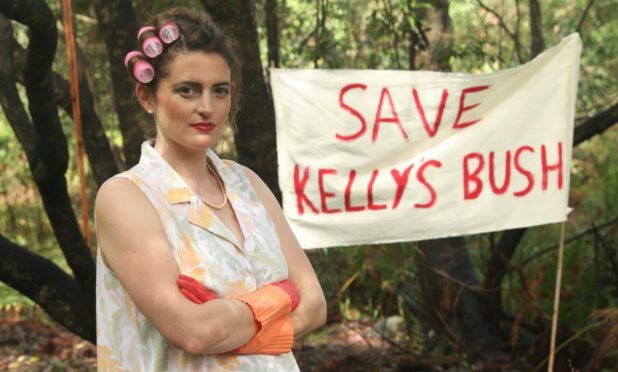
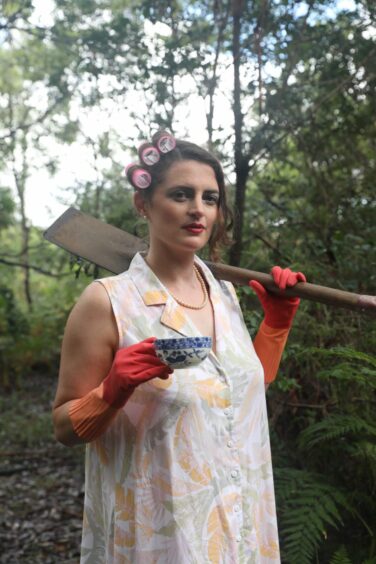
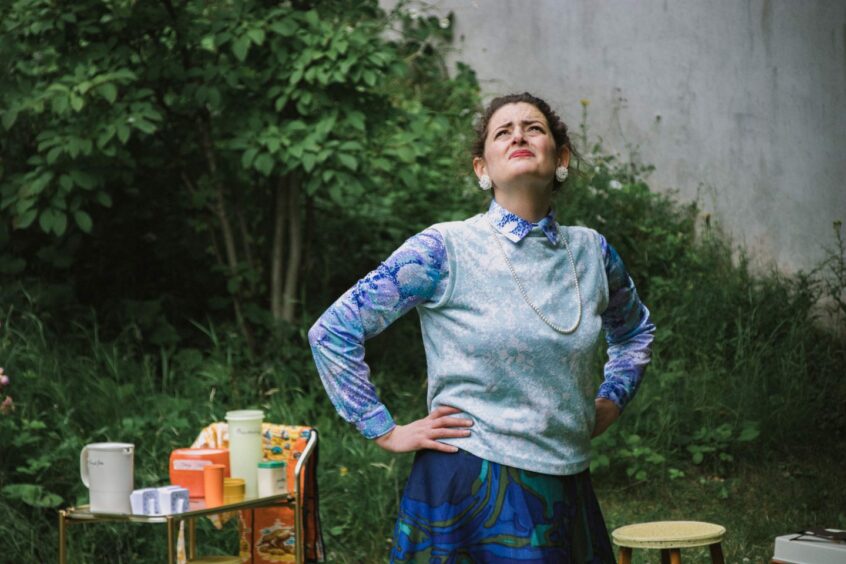
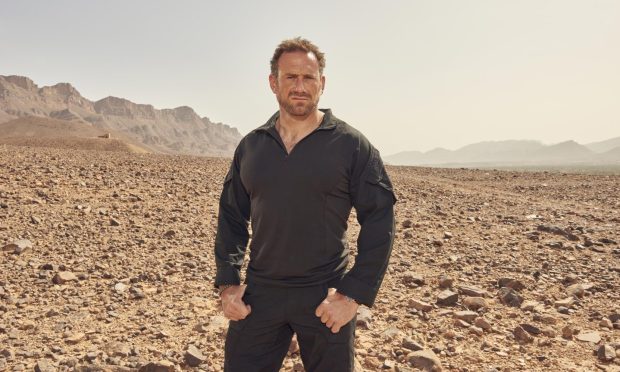
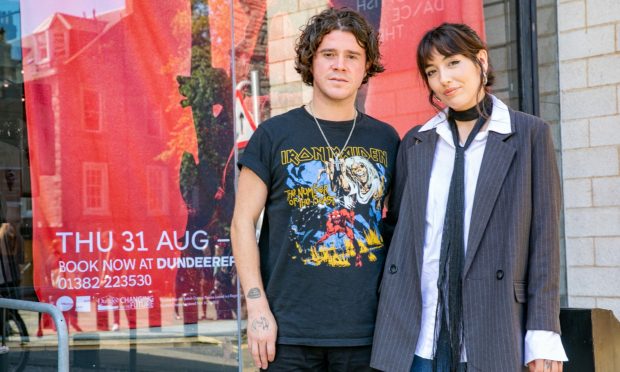
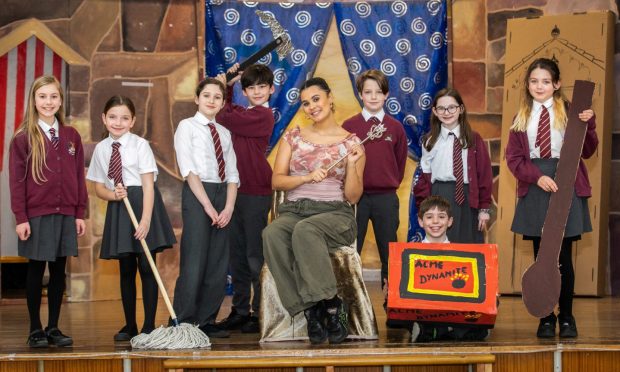
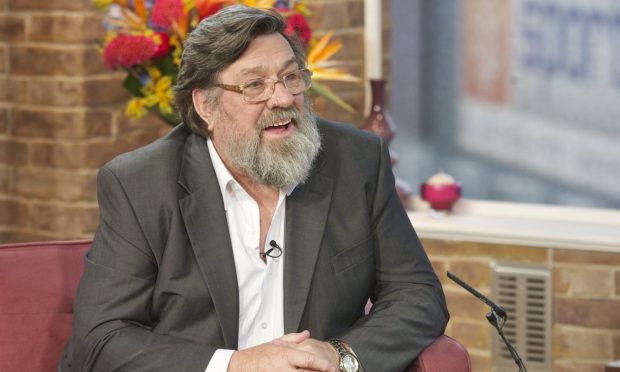
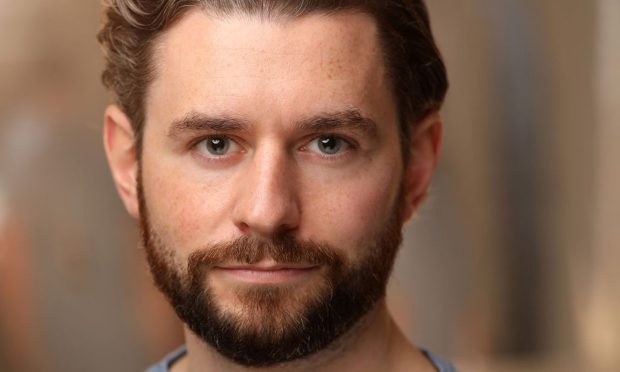

Conversation